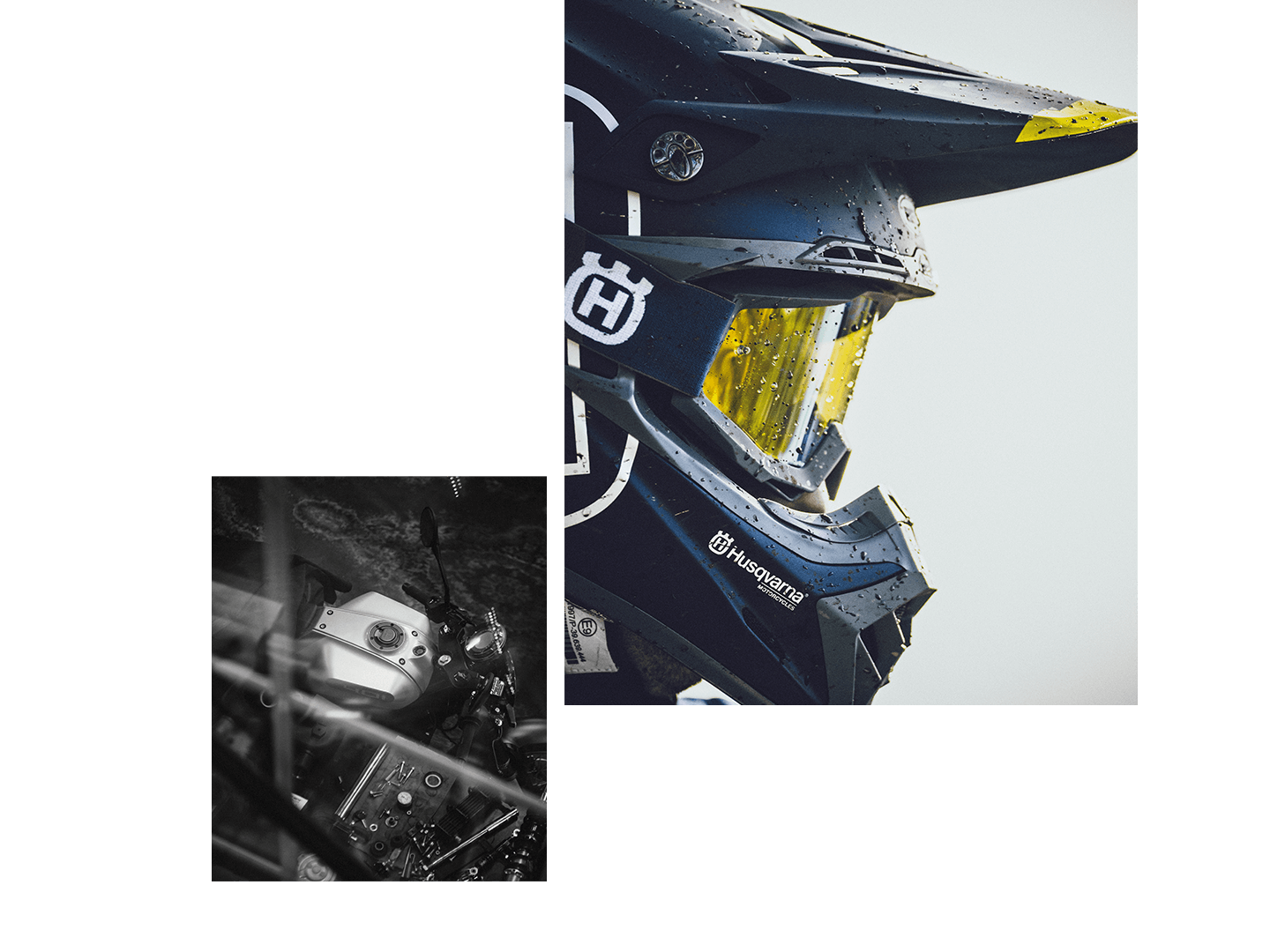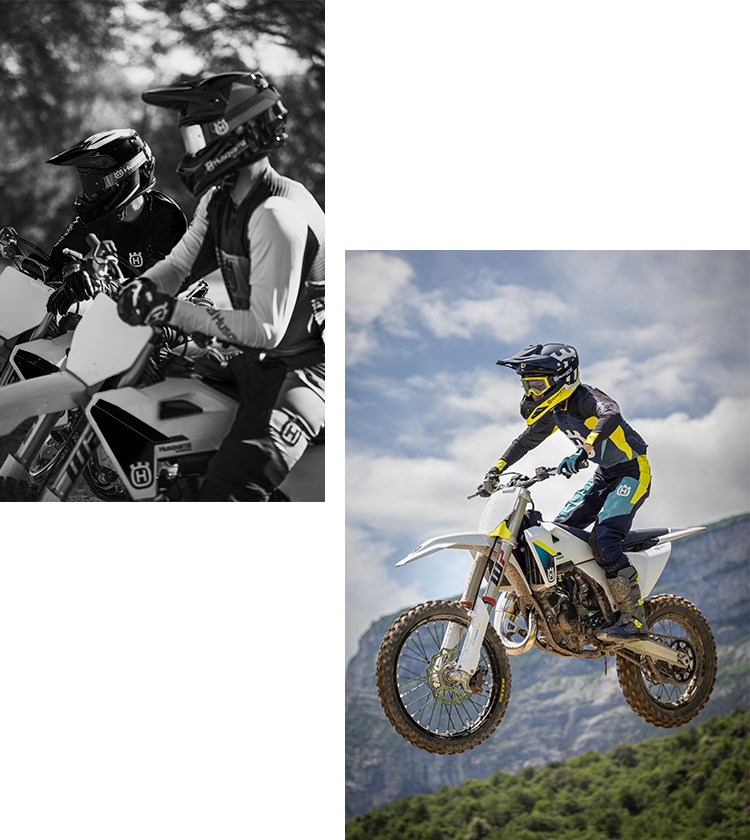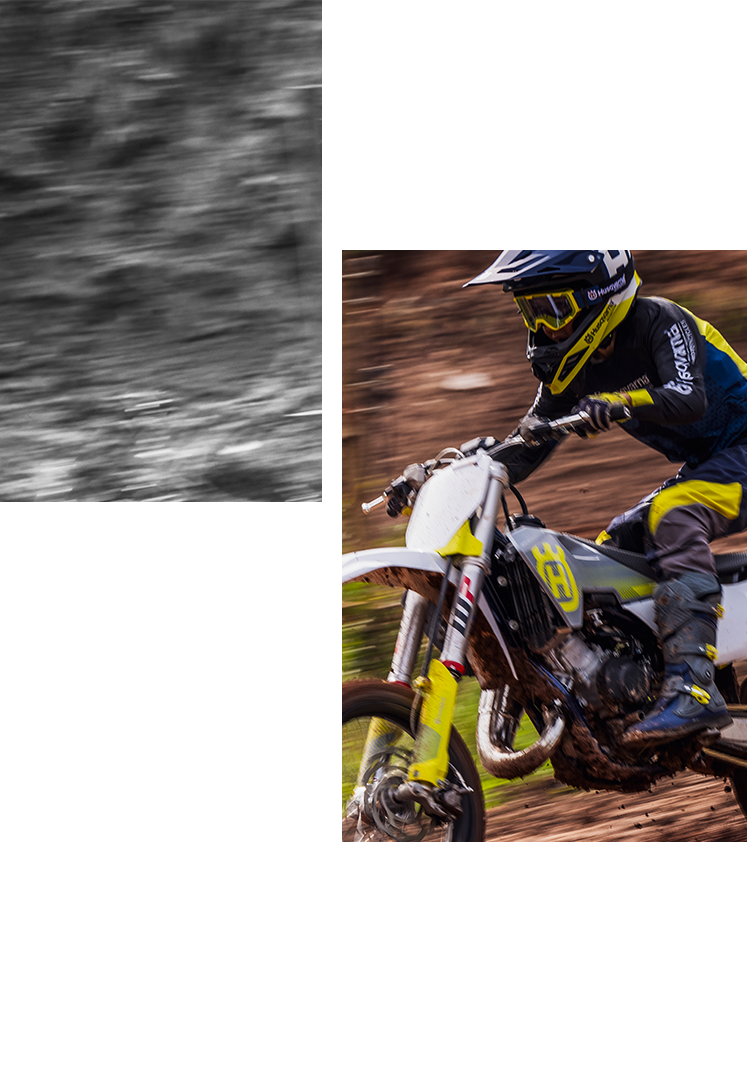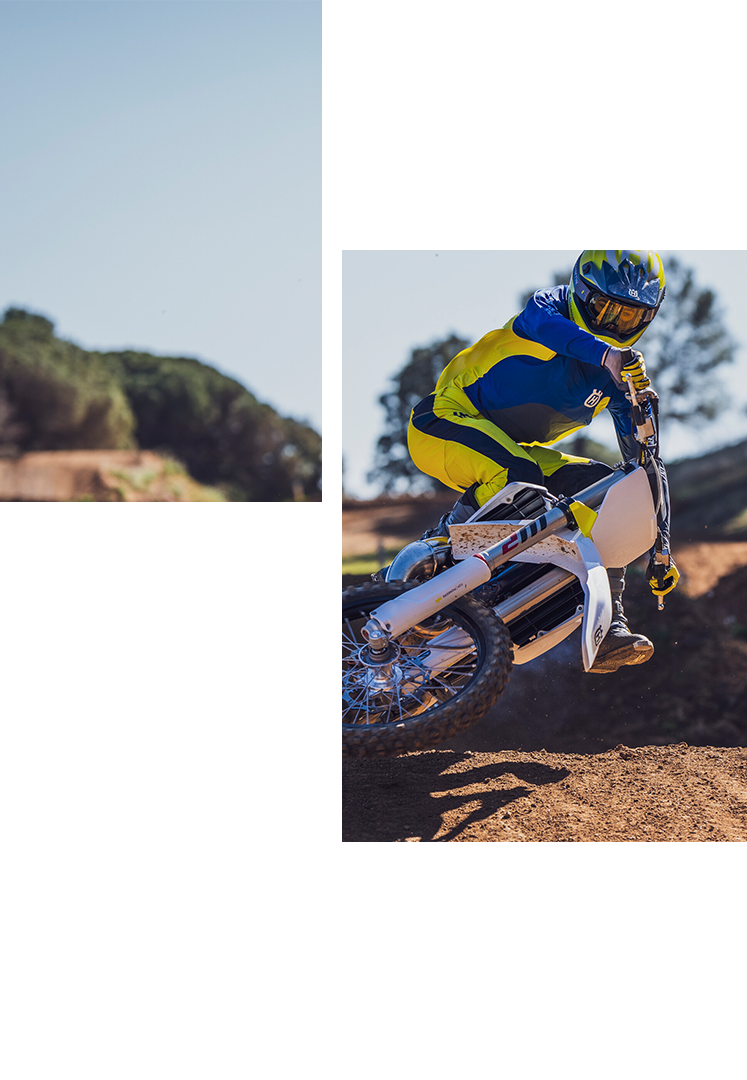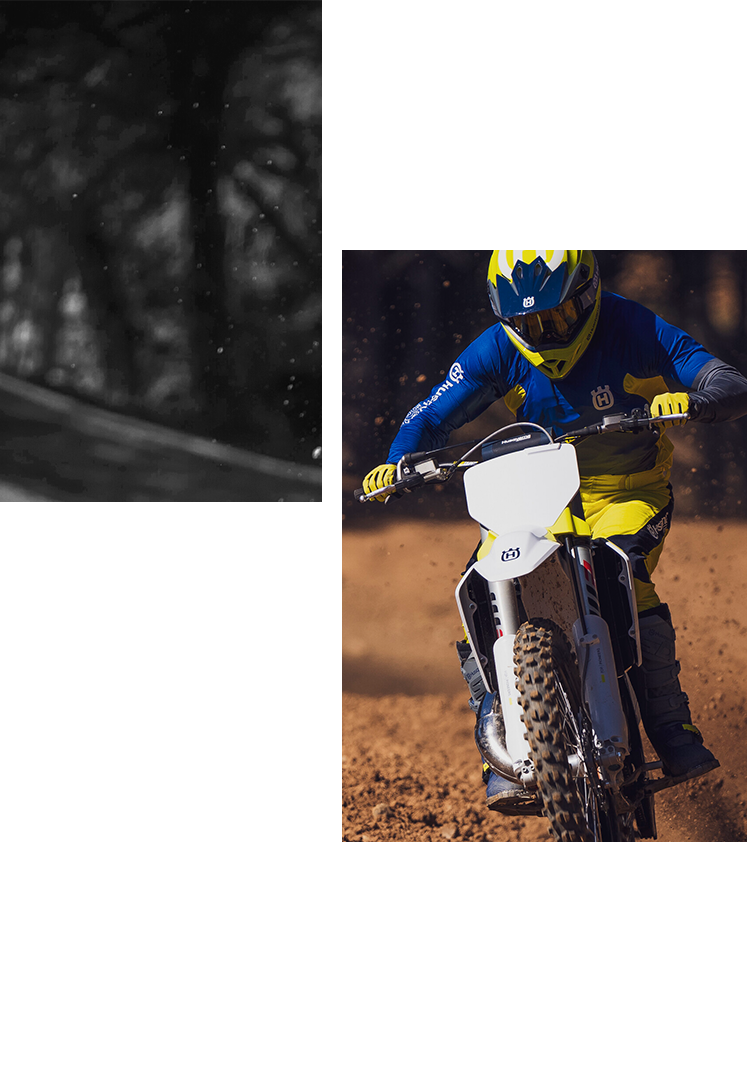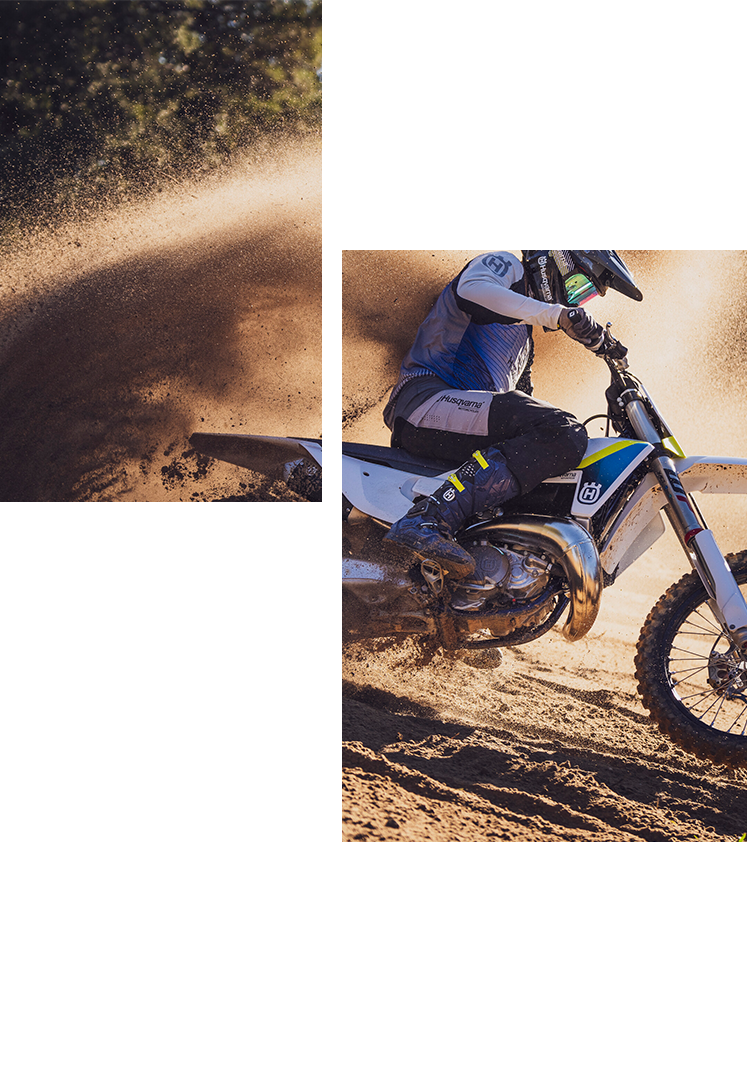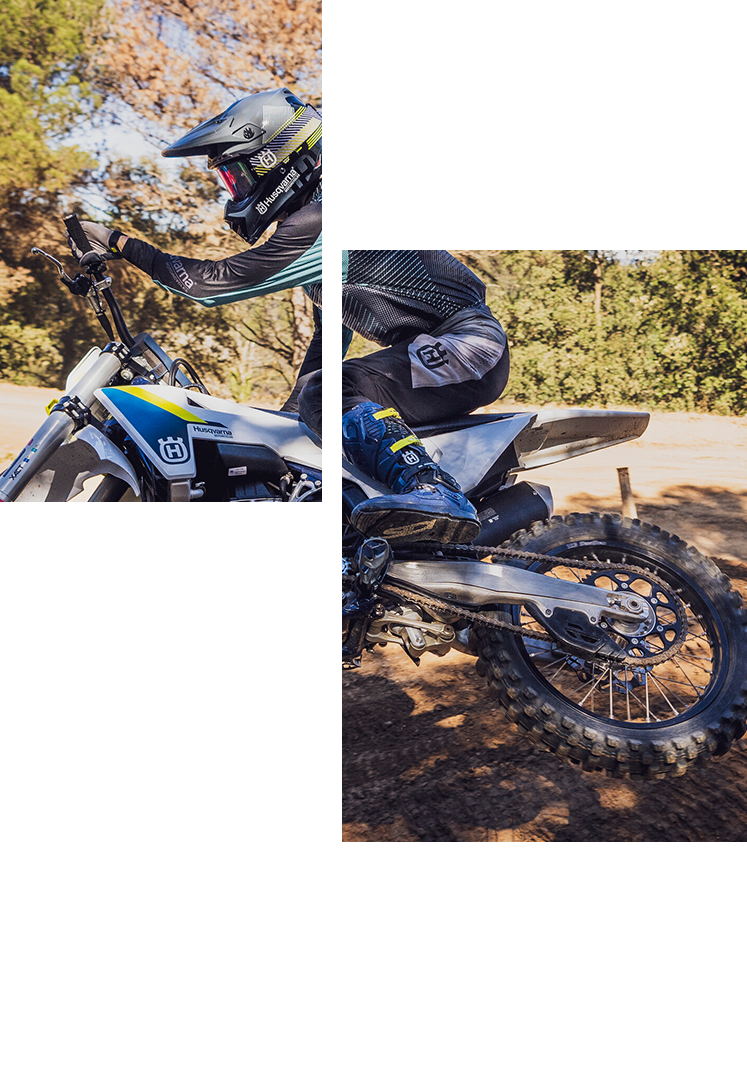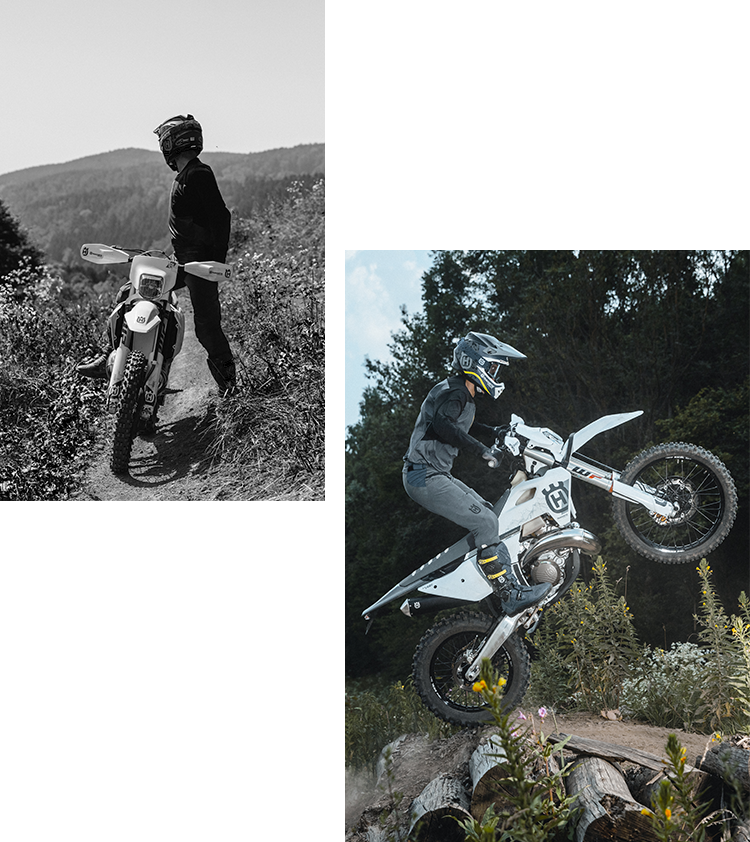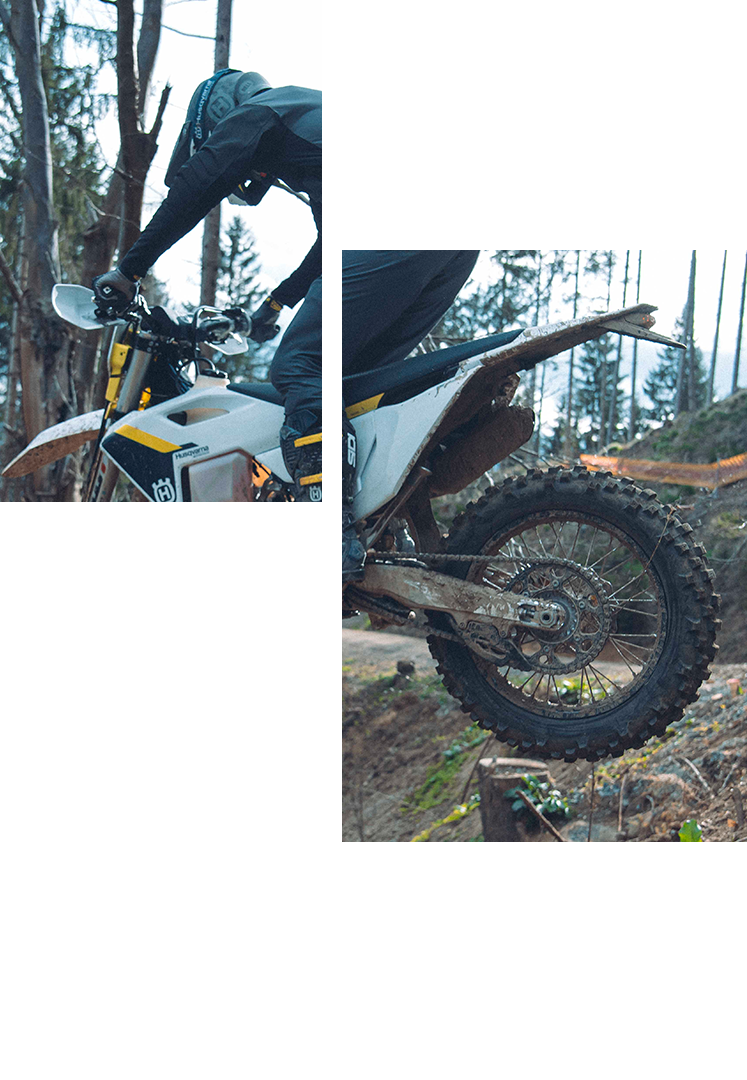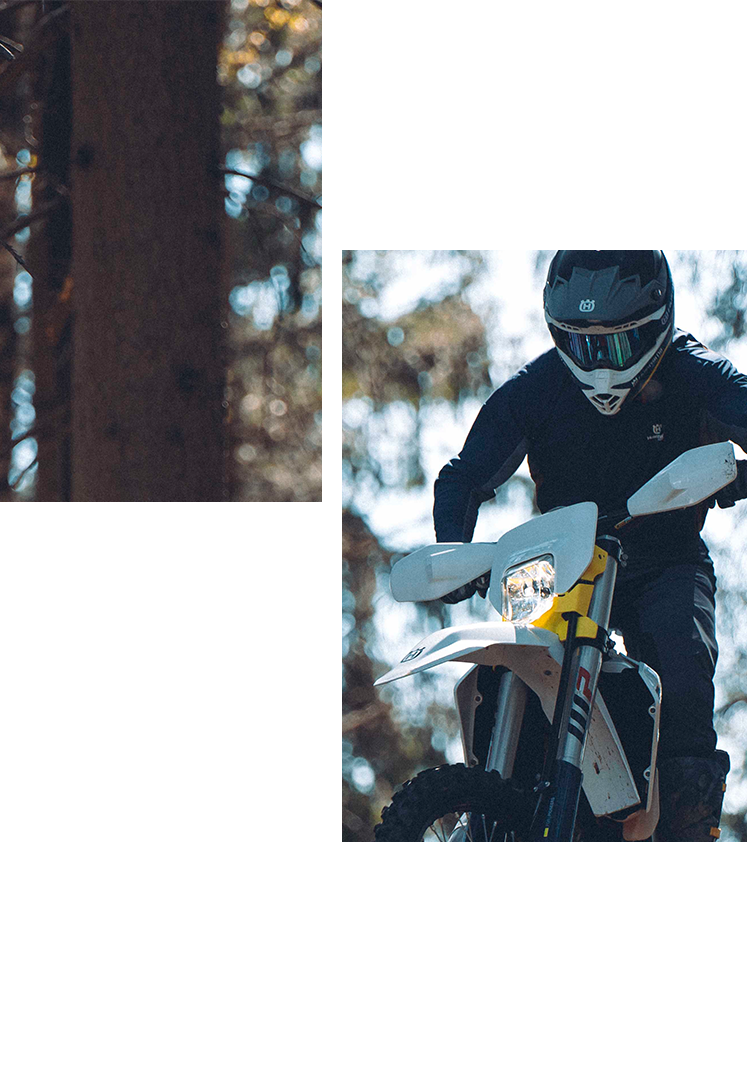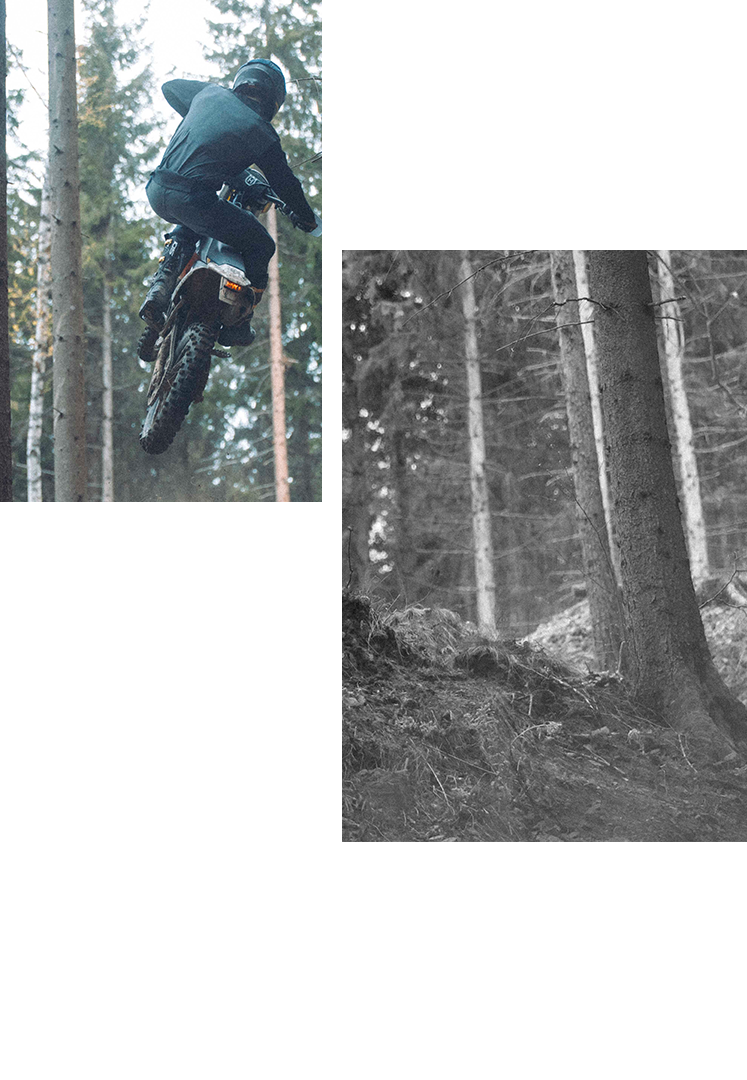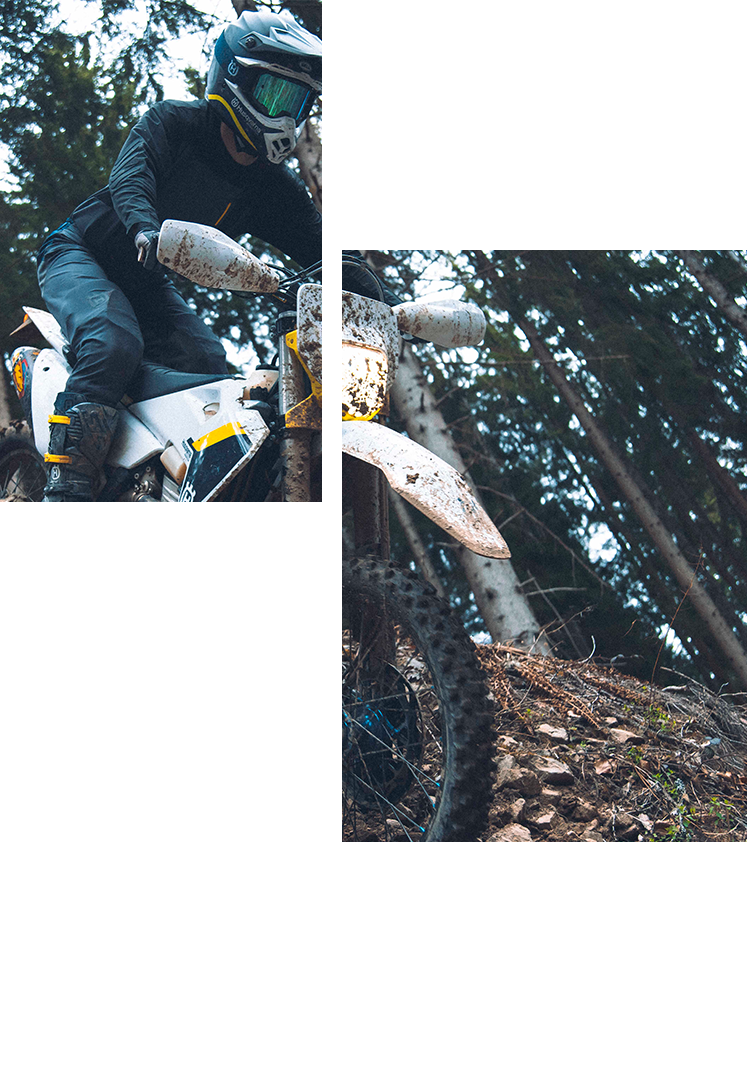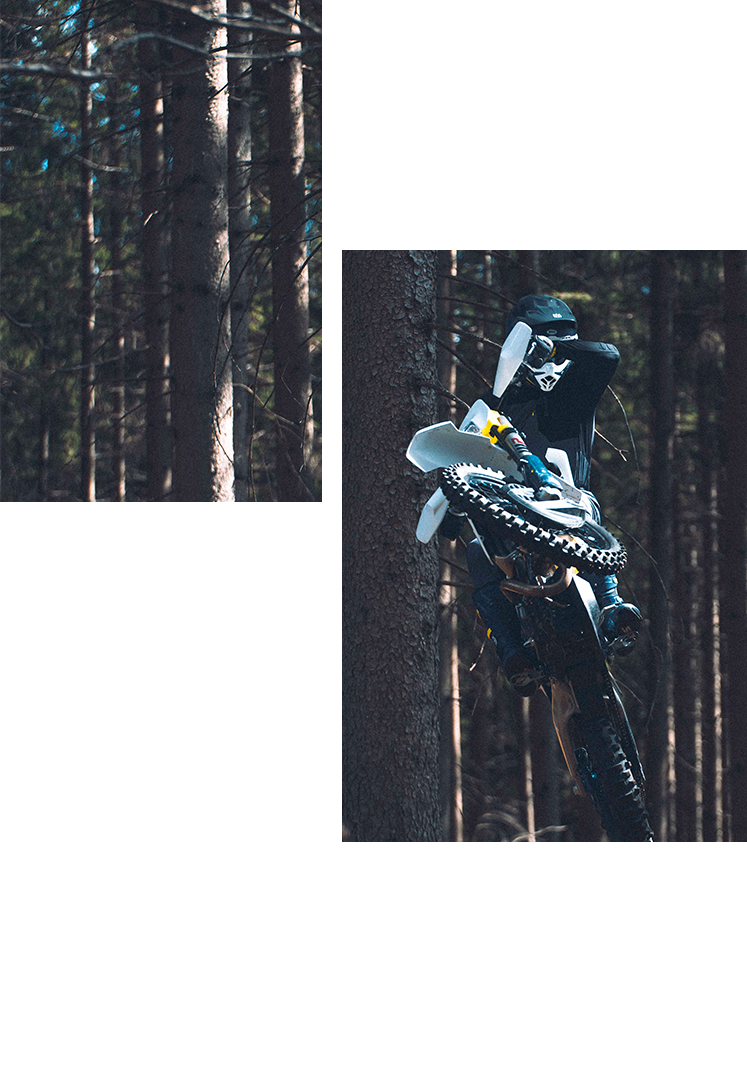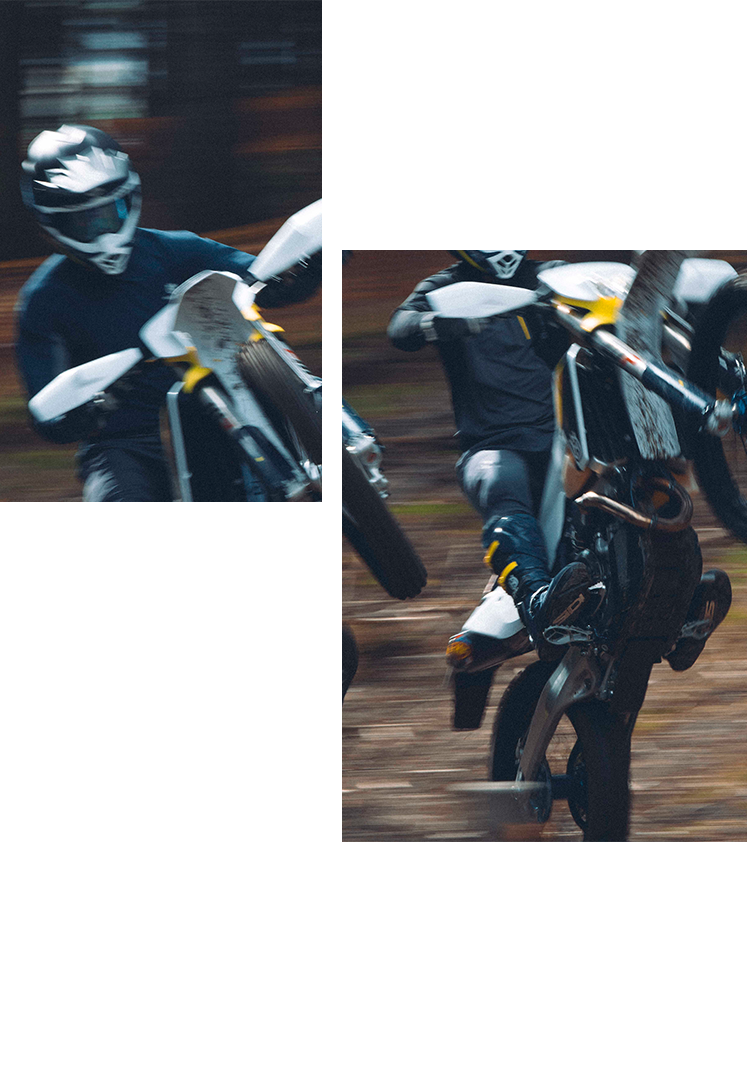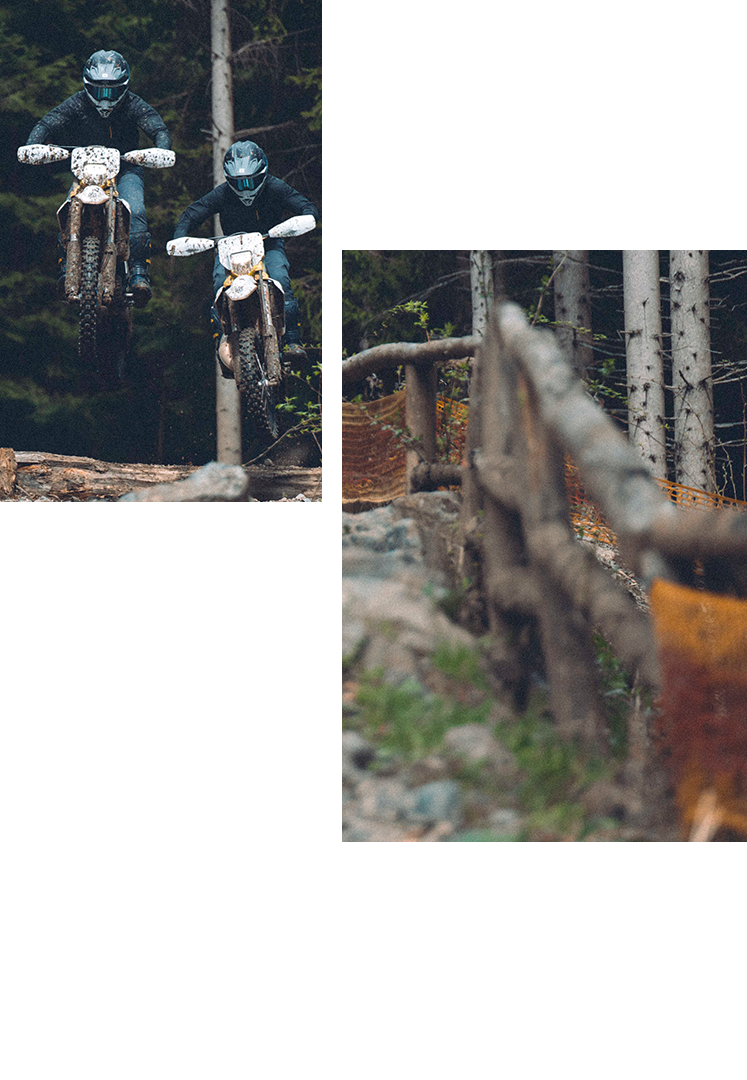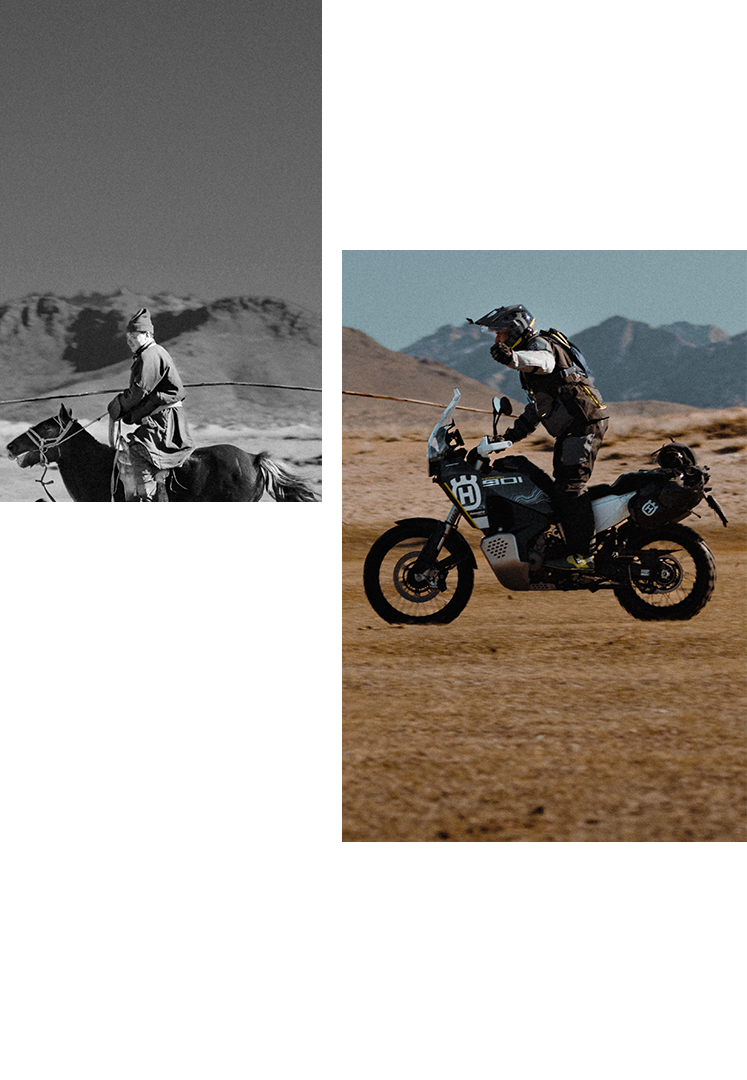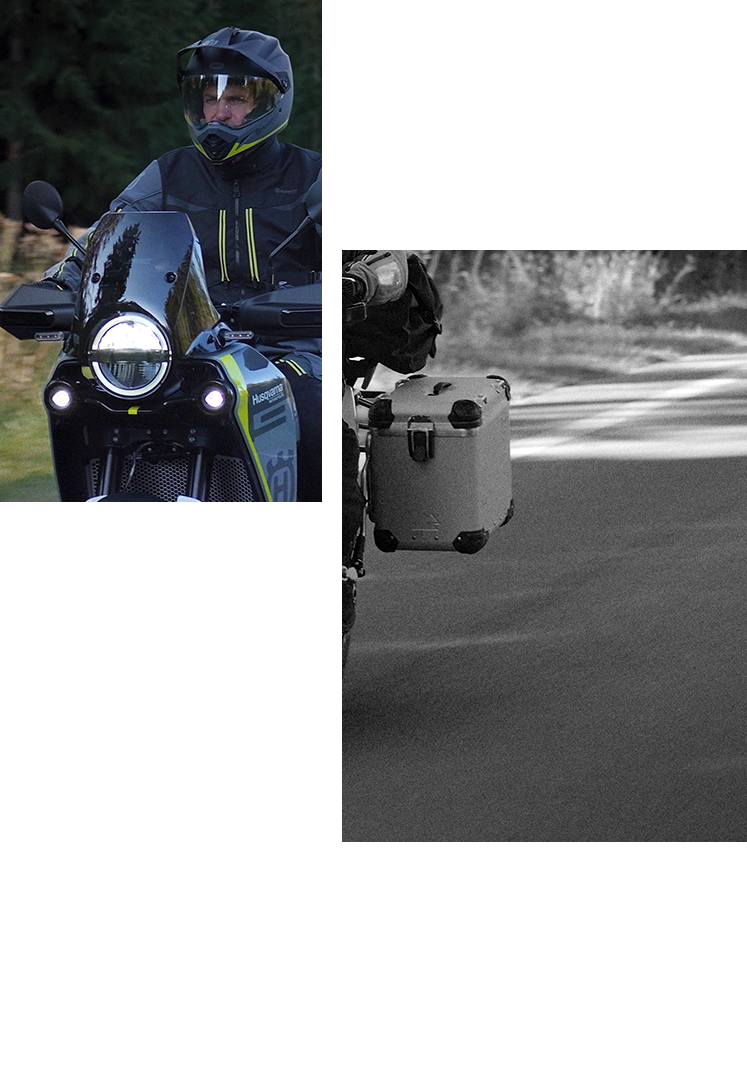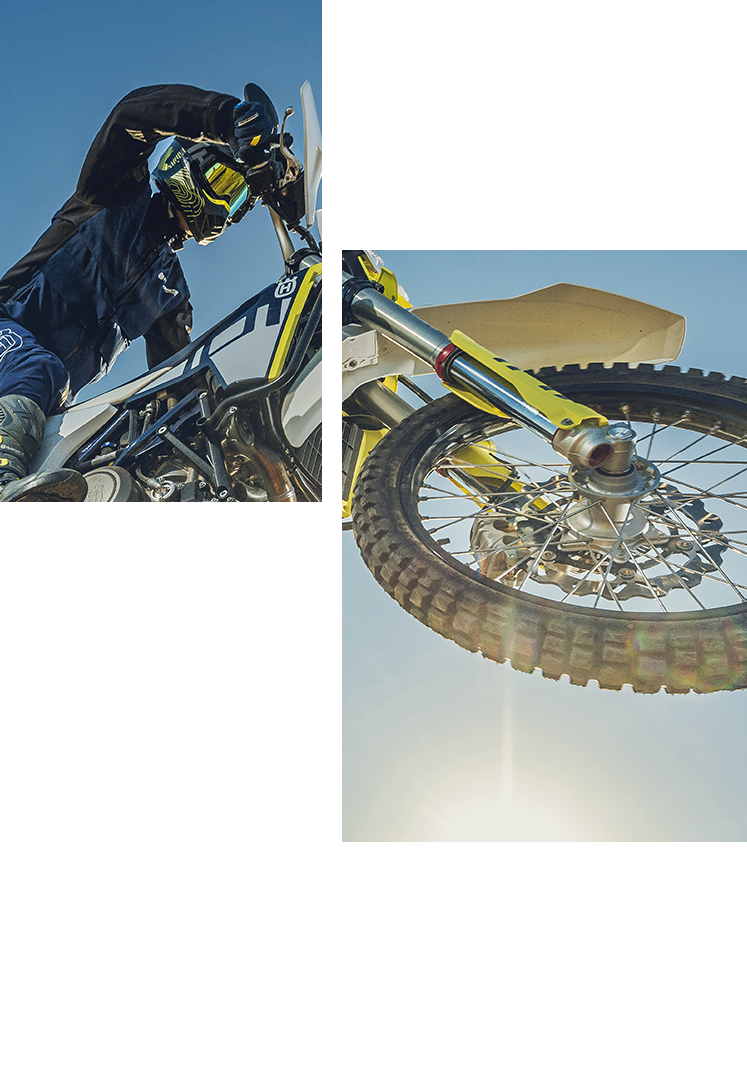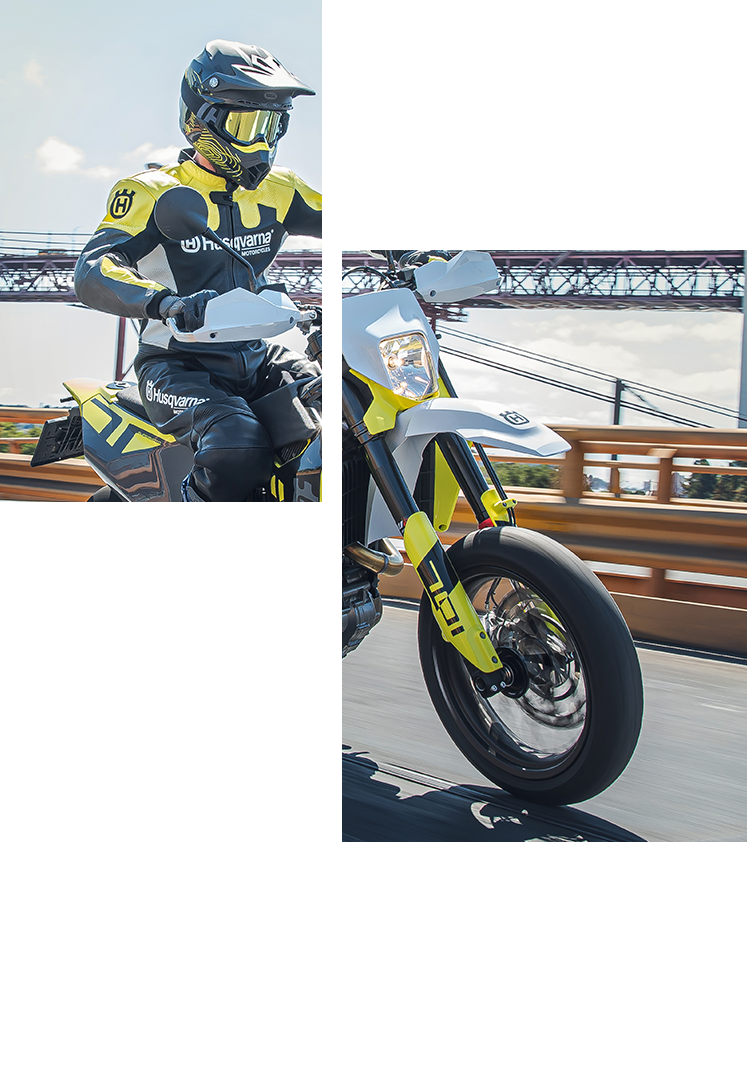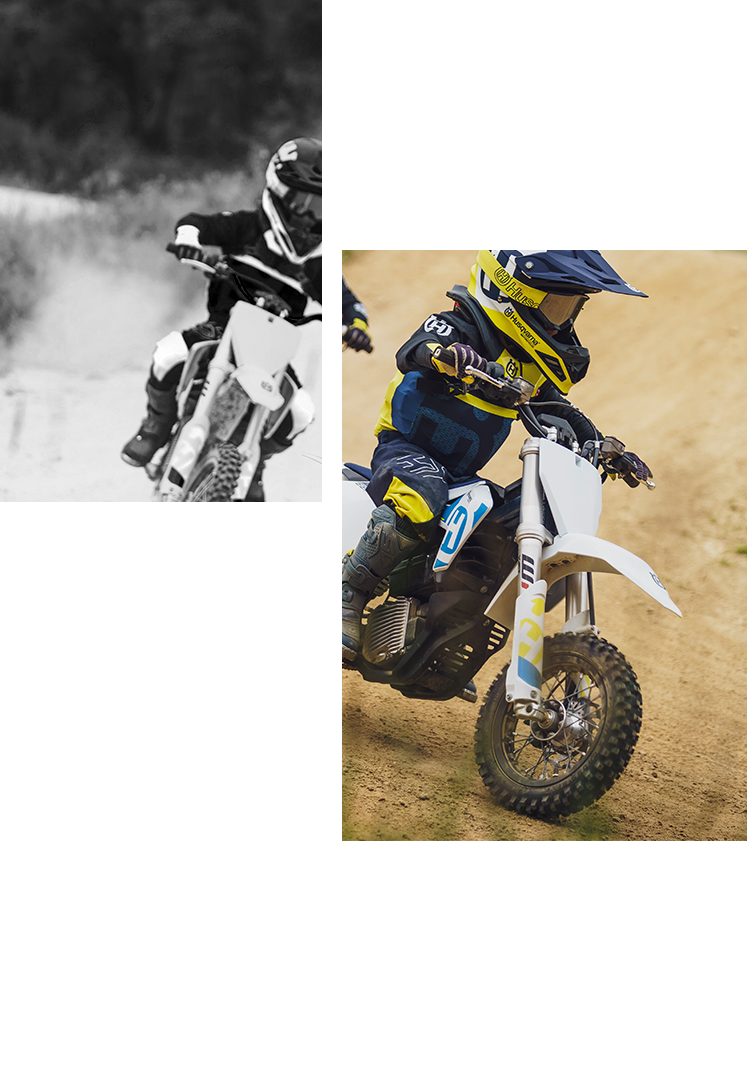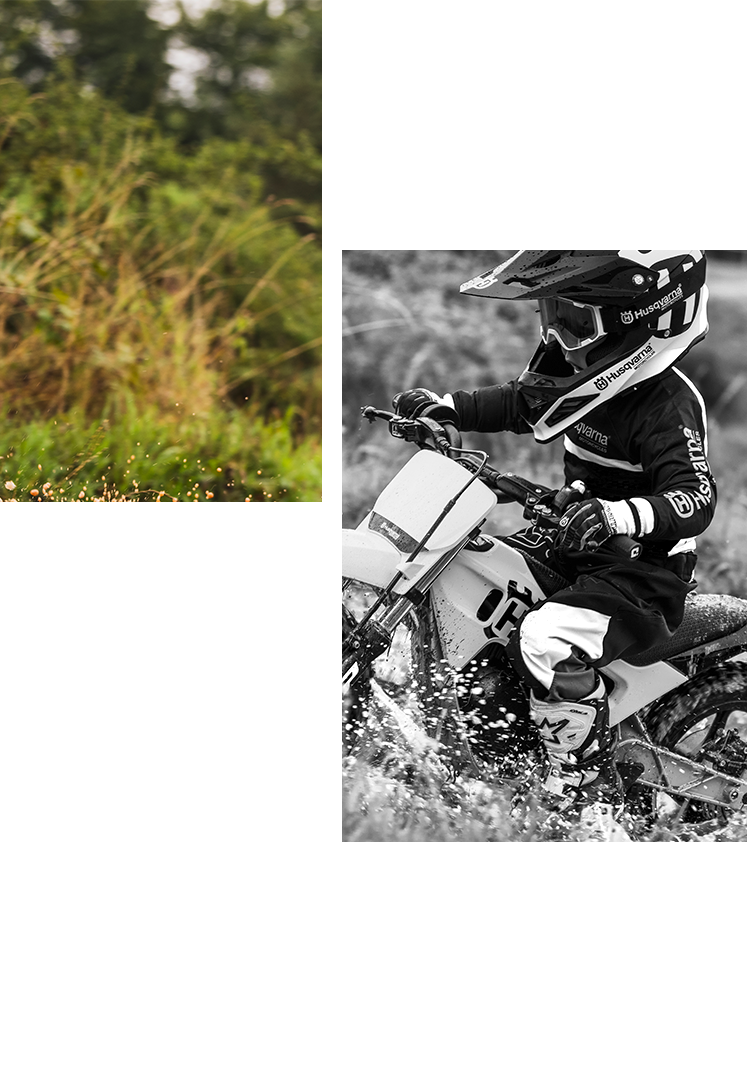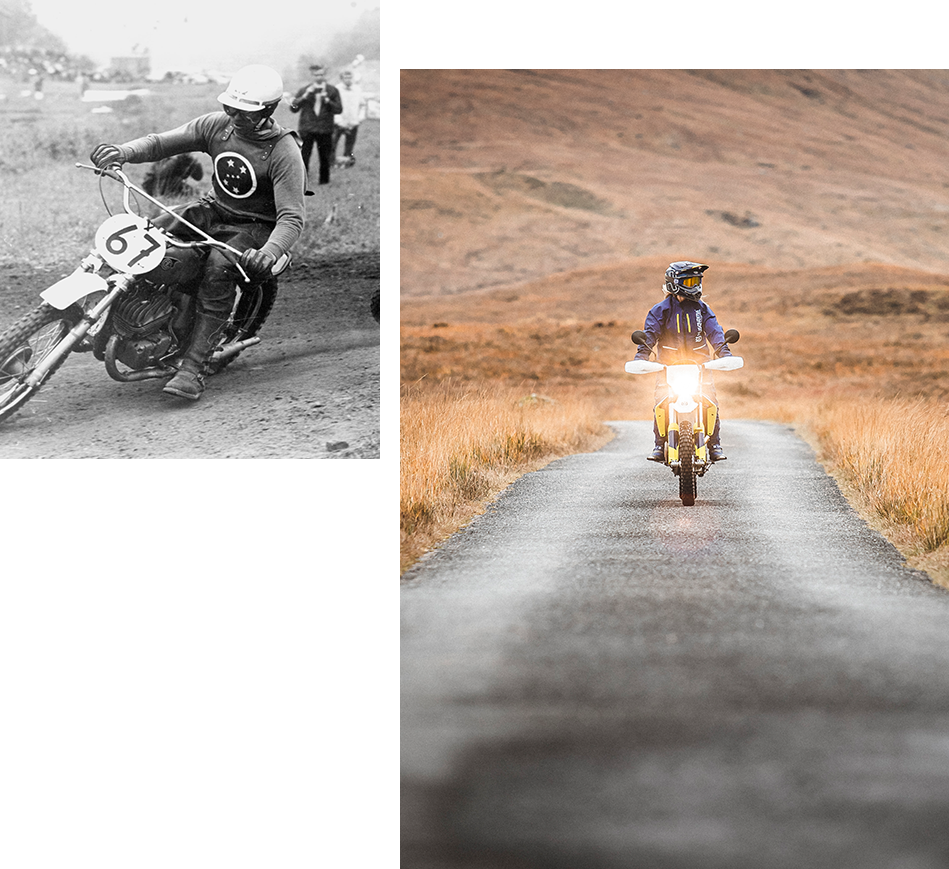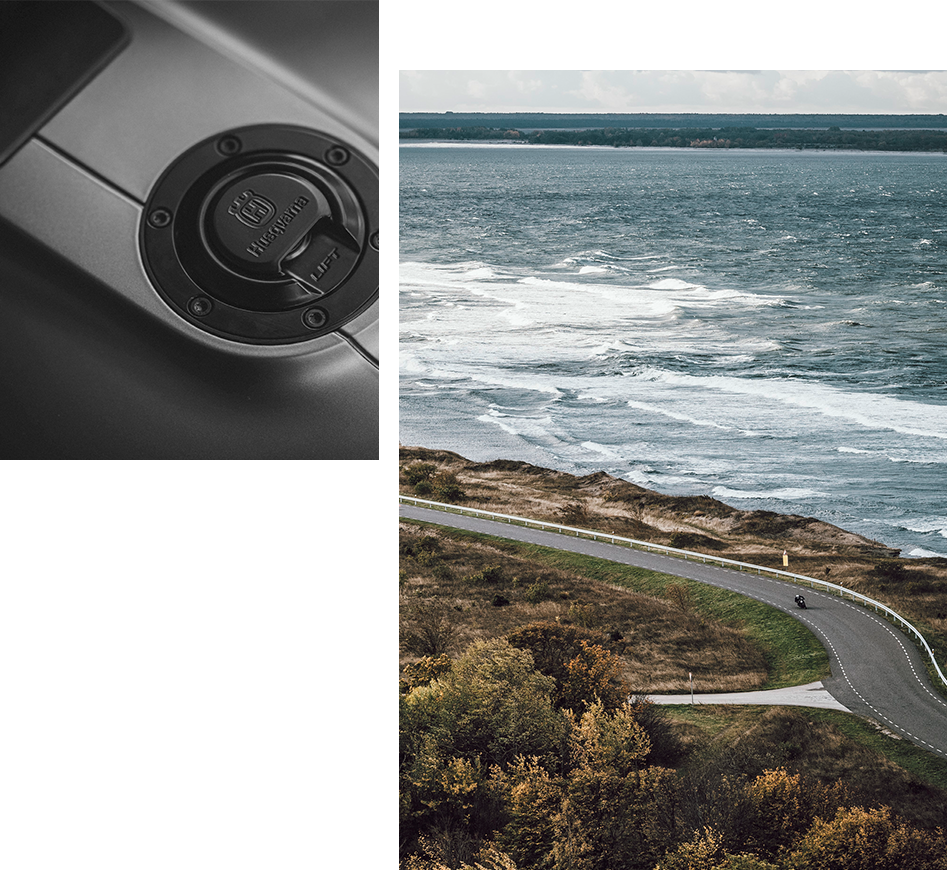Living in Tibro in western Sweden, Hans “Hasse” Hansson started his career by pedalling his bike with a long saddle in the “Shark Team” back home. On a rebuilt Silverpilen in 1958, his race debut was organised in Örebro, but Hansson did not score. “I guess most guys of my generation started competing on the Silverpilen,” he said. It took him some practice and two years of endurance racing – then called “T” for reliability – before he was seen in the upper parts of the result sheet. In 1960, Hasse was third in the national championship in the over 175cc bike category. The following year he took his Monark machine to sixth place overall in the same class.
His serious Husqvarna career started in 1962 when Hansson also scored his initial national T-title with 51 points gained in the category up to 175cc – 11 more than second placed rider in the final chart. “By working and tuning our own motorcycles, we learnt how to manage engines as compared to the modern status when people just go and buy a fully prepared bike” contemplates Hansson. “It was helpful to know your machine back in these days when you sported some refined trim tuning according to your own standard. It resulted in a bike that suited your own riding style.” Therefore, in 1963, Hans Hansson repeated his enduro success, winning his second straight national title. However, in the ISDT he had to retire after breaking his foot.
